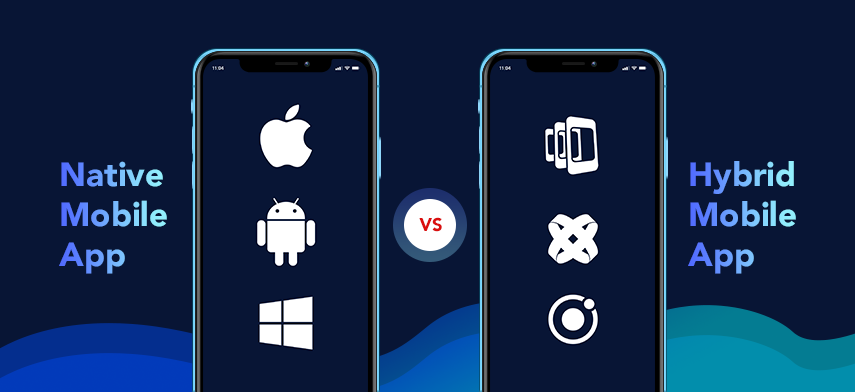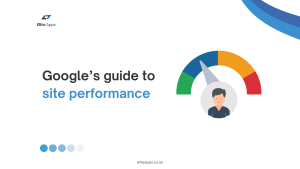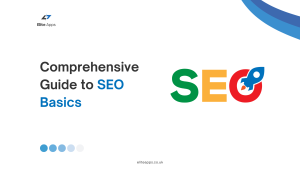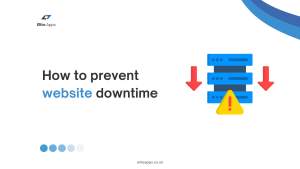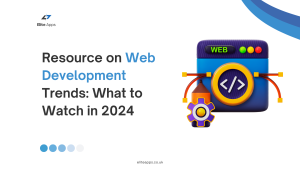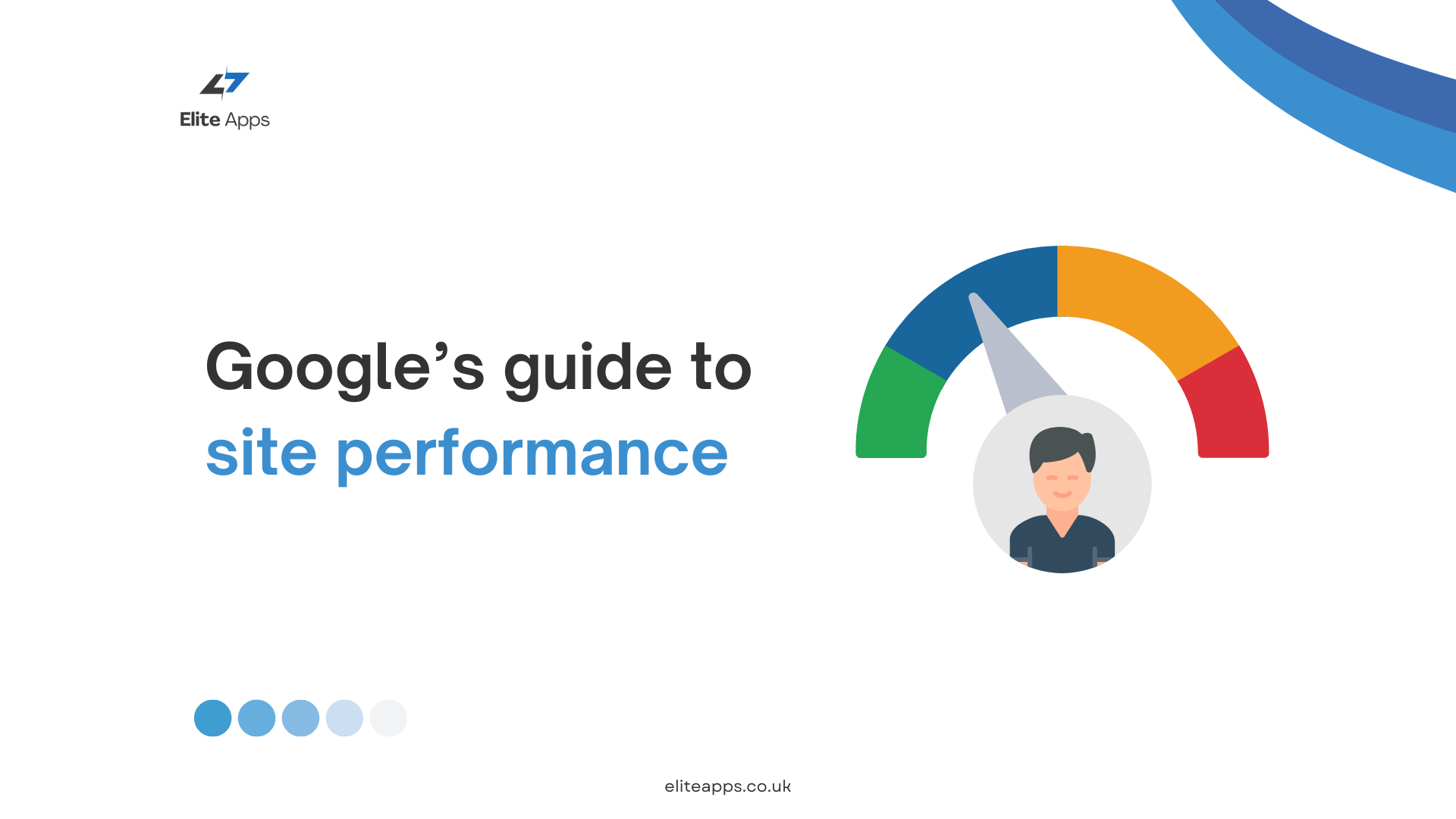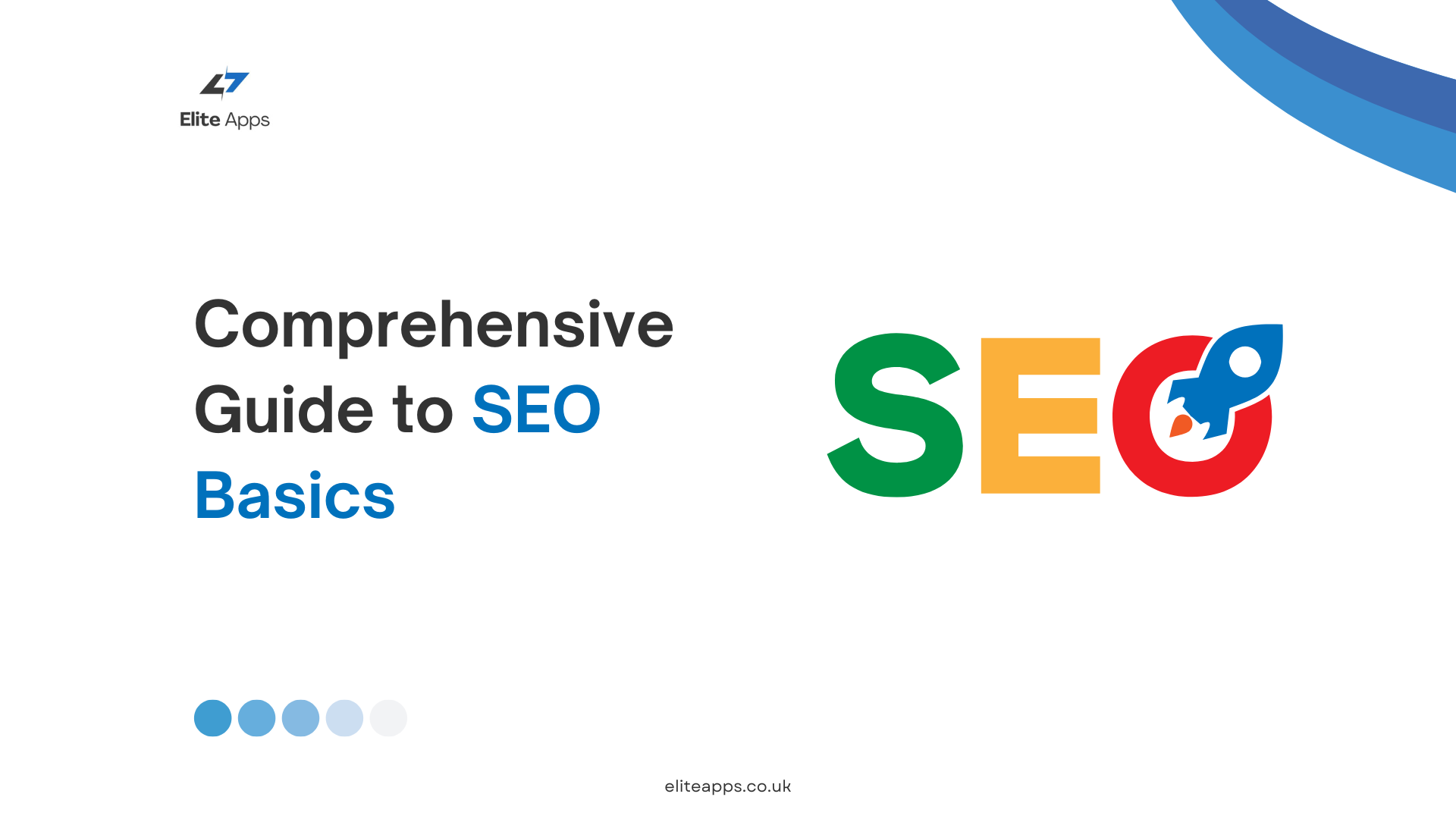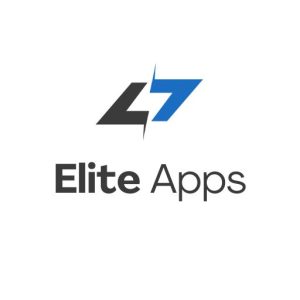The Pros and Cons of Native vs Hybrid Mobile App Development
Mobile app development has come a long way since the introduction of smartphones. Today, mobile apps are an essential part of modern businesses, allowing them to reach a larger audience and engage with customers in innovative ways. With the rise of mobile apps, businesses have to choose between two approaches to developing them: native or hybrid.
Native and hybrid app development have their own advantages and disadvantages. In this blog, we will explore the pros and cons of both approaches to help you make an informed decision on which one is best for your business.
Native Mobile App Development
A native mobile app is built for a specific operating system such as Android or iOS. The app is developed using programming languages that are specific to the platform, such as Java for Android and Swift for iOS. Native apps are installed directly on the user’s device and have full access to the device’s features.
Pros of Native App Development:
- High Performance: Native apps are optimized for the specific operating system, making them faster and more responsive. They take full advantage of the device’s hardware and software, resulting in a seamless user experience.
- Better User Experience: Native apps offer a better user experience as they are specifically designed for a particular operating system. This means that they have a consistent look and feel and can take advantage of the unique features of the device.
- Access to Device Features: Native apps have full access to the device’s features such as camera, microphone, GPS, and contacts. This enables them to provide advanced functionality such as augmented reality, location-based services, and push notifications.
Cons of Native App Development:
- Higher Development Cost: Native apps require more time and resources to develop as they are specific to a particular operating system. This means that businesses will need to invest more money and time in building and maintaining two separate apps.
- Longer Development Time: Developing a native app requires expertise in specific programming languages and tools. This means that businesses may need to spend more time finding and hiring qualified developers.
- Limited Reach: Developing separate apps for different operating systems means that the app will only be available to users on those specific platforms.
Hybrid Mobile App Development
Hybrid mobile apps are built using web technologies such as HTML, CSS, and JavaScript, and are then wrapped in a native app using tools such as PhoneGap or Xamarin. Hybrid apps can run on multiple platforms and are installed directly on the user’s device.
Pros of Hybrid App Development:
- Faster Development Time: Hybrid apps require less time to develop as they use web technologies that are universal across platforms. This means that businesses can develop and launch an app more quickly.
- Lower Development Cost: Since hybrid apps use web technologies, businesses can save money on development costs as they do not need to hire separate developers for each platform.
- Wider Reach: Hybrid apps can run on multiple platforms, including iOS and Android, making them accessible to a wider audience.
Cons of Hybrid App Development:
- Lower Performance: Hybrid apps run on a web view within a native wrapper, which can result in slower performance and a less responsive user experience.
- Limited Access to Device Features: Hybrid apps have limited access to the device’s features as they rely on web technologies. This means that they cannot take advantage of advanced functionality such as augmented reality or push notifications.
- Limited Customization: Hybrid apps may not have the same level of customization as native apps, as they are limited by the capabilities of web technologies.
Conclusion
Choosing between native and hybrid mobile app development depends on several factors, such as the business’s needs, budget, and target audience. If you are developing an app that requires advanced functionality, a native app may be the best option. However, if your priority is reaching a wider audience and

